When people think of mushrooms, they usually picture something either on a pizza or sprouting out of a damp log in the woods.
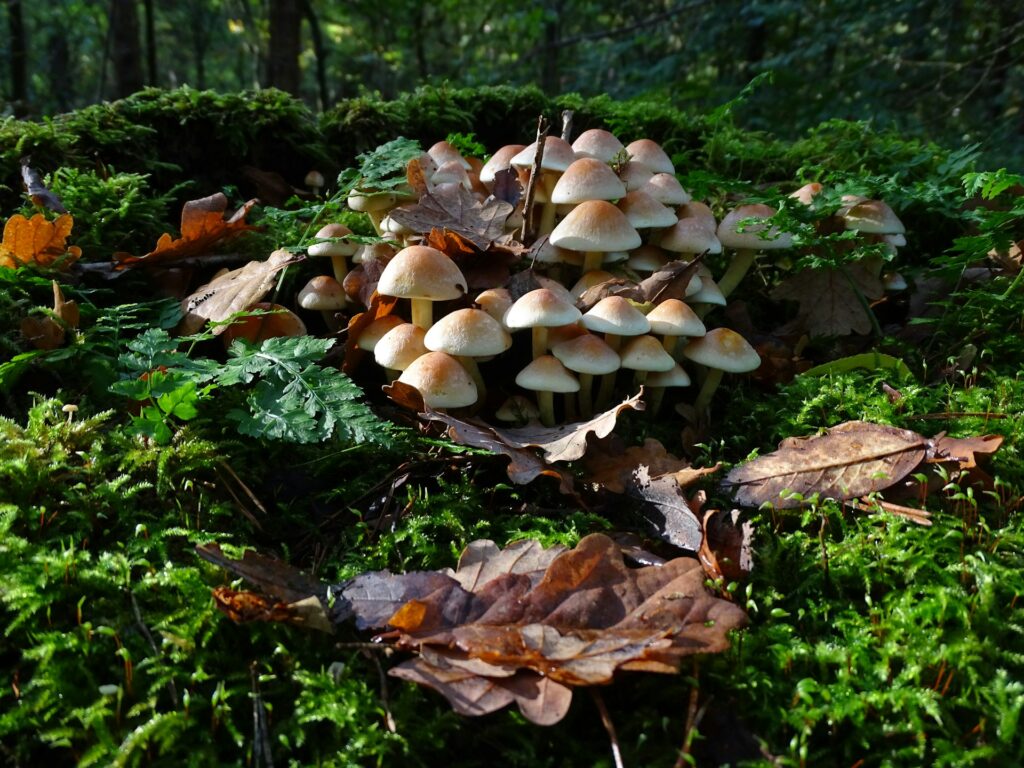
However, beneath the surface—literally—fungi are doing a lot more than most of us give them credit for. In fact, without mushrooms, soil would be far less fertile, ecosystems would struggle to function, and our entire food chain would be out of whack. These fascinating organisms aren’t just quirky forest decorations—they’re vital builders, recyclers, and connectors in the underground world of dirt. Here’s why mushrooms matter more to the soil than you might think.
1. Mushrooms break down tough organic matter.
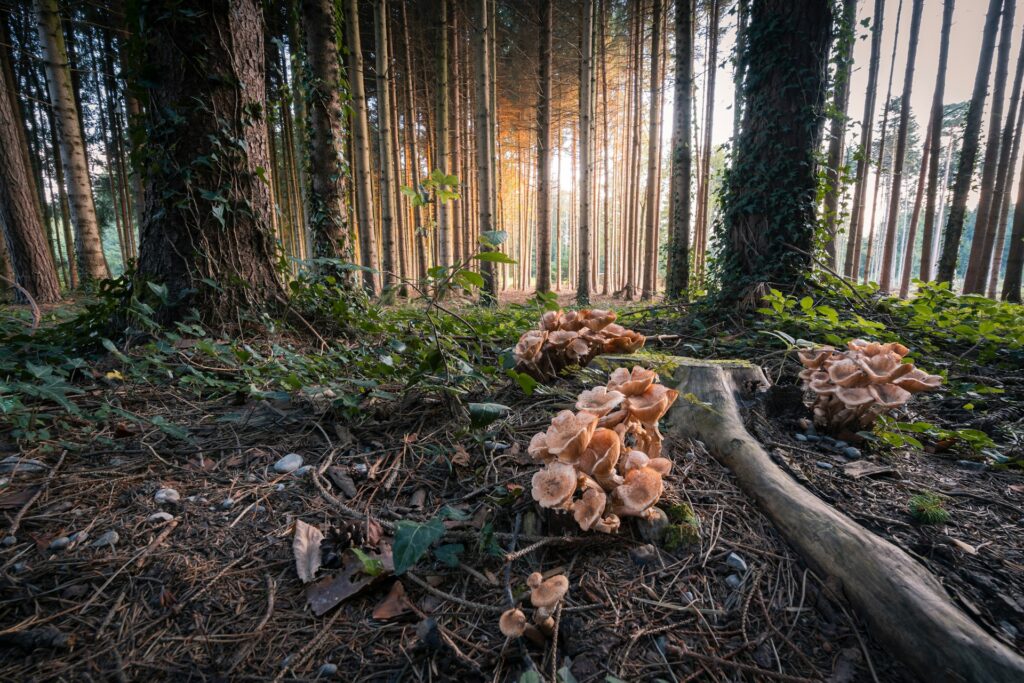
One of the main ways mushrooms support soil is through decomposition. They break down tough materials like dead wood, leaves, and animal remains—things that bacteria alone can’t handle easily. Fungi, particularly those in the Basidiomycota group, release enzymes that can digest complex molecules like lignin and cellulose.
That process turns stubborn debris into rich organic matter, or humus, which boosts soil fertility. Without fungi, dead material would pile up and nutrients would remain locked away. Mushrooms keep things moving, turning death into new life and making sure nutrients are constantly recycled back into the soil.
2. Mycorrhizal fungi boost plant growth.
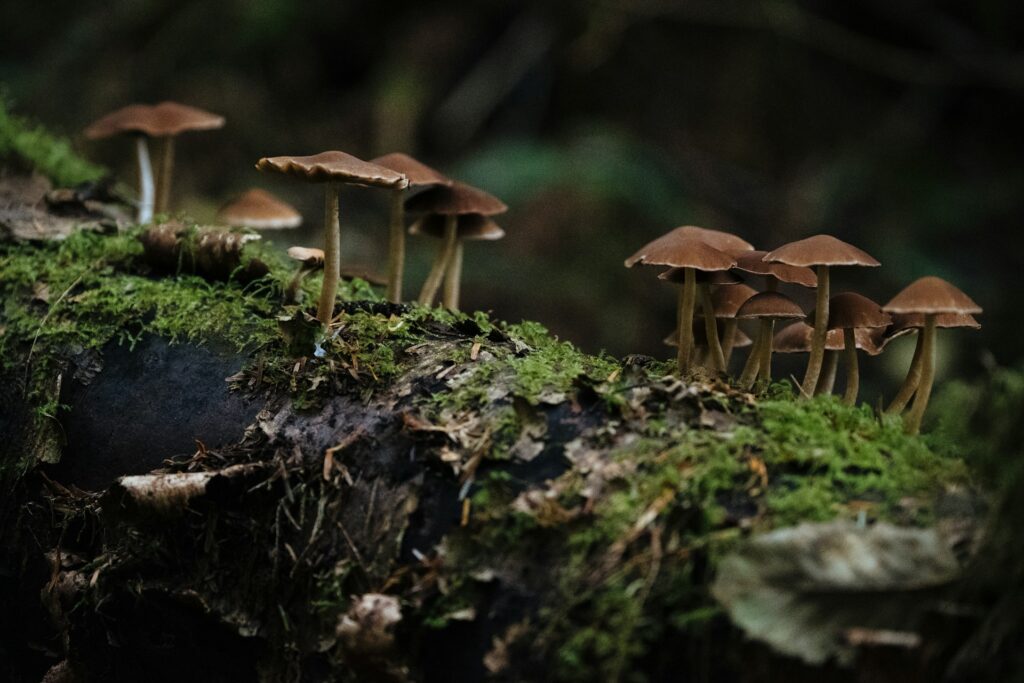
Many mushrooms aren’t just floating around on their own—they form close partnerships with plants. Mycorrhizal fungi connect directly to plant roots and create vast underground networks that help plants absorb water and nutrients, especially phosphorus and nitrogen.
In return, the plant gives the fungi sugars it makes through photosynthesis. It’s a perfect trade-off that makes both stronger. These symbiotic relationships improve soil structure and plant health in ways that artificial fertilisers often can’t replicate. It’s natural teamwork that works far better than we tend to realise.
3. They help prevent soil erosion.
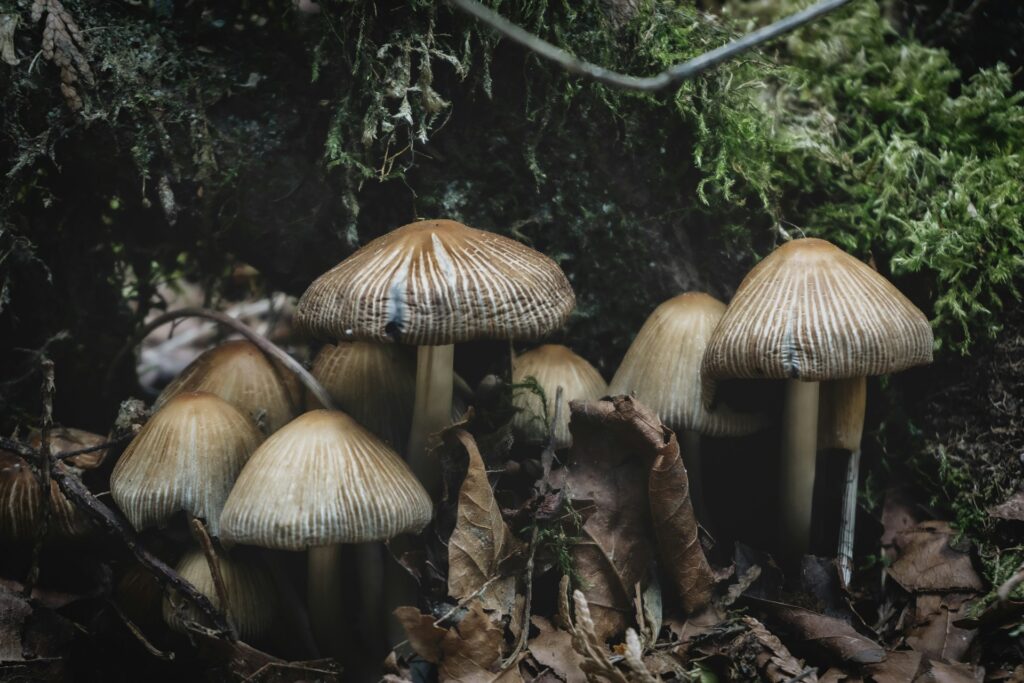
The underground structures of fungi—called mycelium—form dense, web-like networks that physically bind soil particles together. That means less runoff during heavy rain and a more stable foundation for plant roots to grow in.
Soils with healthy fungal networks are more resistant to being washed or blown away. Over time, this can make a huge difference in preventing desertification, especially in areas vulnerable to drought or poor land management. Mushrooms, quietly, are holding the ground beneath our feet together.
4. Fungi improve soil structure.
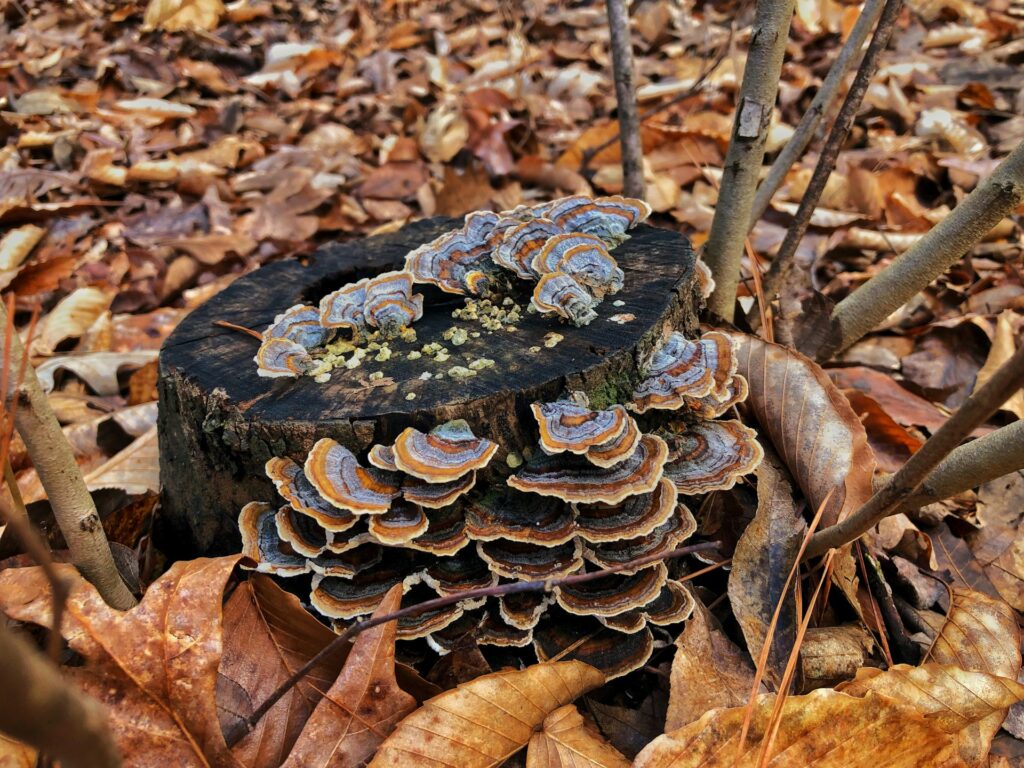
Beyond erosion control, mycelium improves the actual texture and arrangement of soil. It helps create air pockets and paths for water to move through, which is crucial for healthy root systems and microbial activity.
Soil that’s too compacted becomes lifeless and suffocates plant roots. Mycelium keeps things loose and breathable. It’s like having a full-time underground gardener constantly fluffing and maintaining the dirt for better crop and plant growth.
5. They boost biodiversity below the surface.
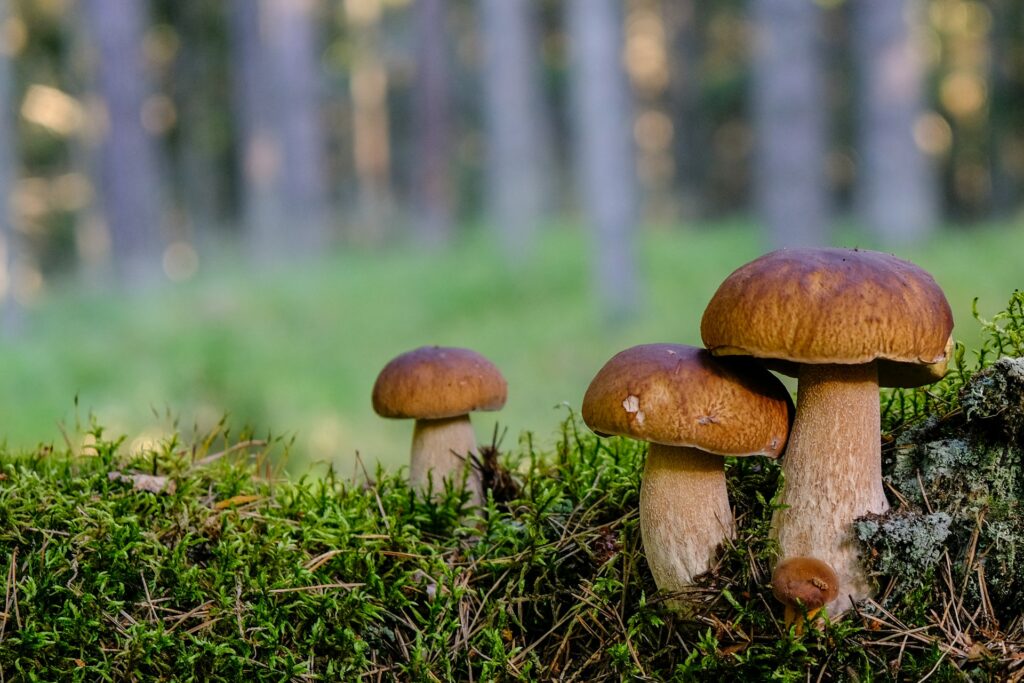
Soil isn’t just dirt—it’s a living ecosystem filled with microbes, insects, roots, and fungi. And mushrooms play a huge role in making that ecosystem work. Their networks provide shelter, transport, and even food for countless tiny organisms.
When fungi thrive, so do the bacteria and invertebrates that contribute to healthy soil cycles. It becomes a busy, balanced underground neighbourhood. Without mushrooms keeping things in sync, a lot of that balance breaks down, and the ecosystem loses its resilience.
6. Mushrooms store carbon underground.

As they decompose organic matter and grow their networks, fungi help store carbon in the soil. That’s a big deal in the fight against climate change. Instead of carbon being released into the atmosphere, it’s captured and locked underground in stable forms.
This natural carbon sequestration slows down greenhouse gas buildup and helps maintain healthy, long-term soil fertility. Healthy fungal systems are one of the best low-tech tools we have to hold onto carbon and reduce emissions—no fancy tech required.
7. They reduce the need for chemical fertilisers.
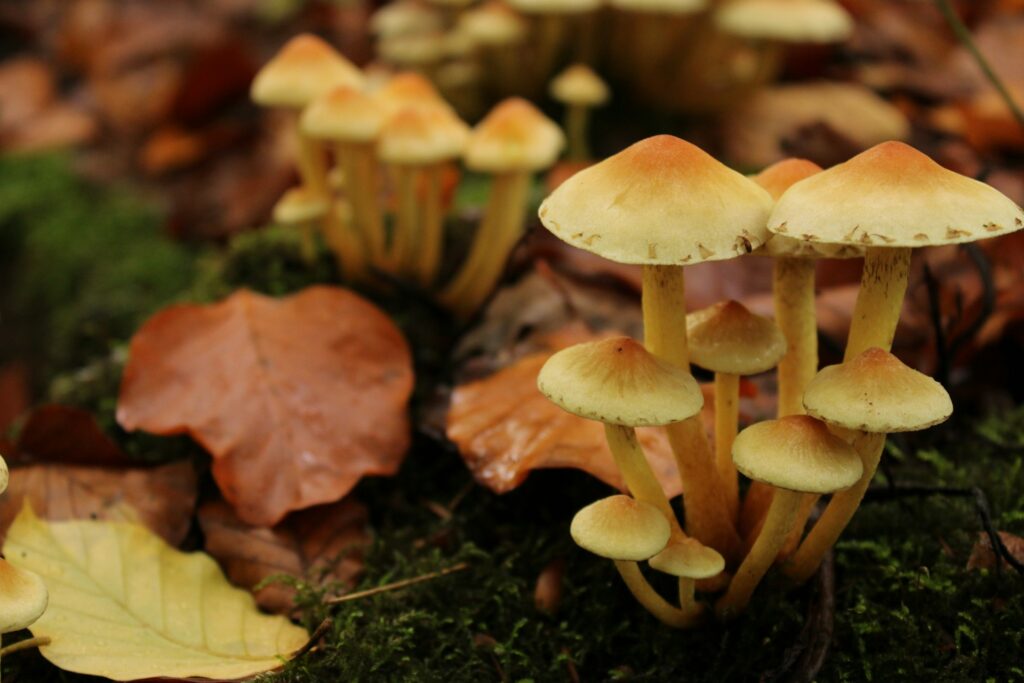
Because fungi help plants access nutrients more efficiently, fields and gardens with strong fungal activity often require far less chemical input. That’s better for the soil, water systems, and the health of everything living nearby.
Instead of dumping synthetic fertilisers that can throw off the natural balance and harm soil microbes, letting mushrooms do their thing means working with nature, not against it. It’s a slower process, but a more sustainable one that keeps the soil truly alive.
8. Fungi help detoxify polluted soil.

Some mushrooms are capable of breaking down toxins, heavy metals, and even pesticides. This process, known as mycoremediation, is being studied as a low-cost, eco-friendly way to clean up contaminated land.
By absorbing or transforming pollutants, fungi can restore damaged soils and make them safe again for plant life. It’s one of the most fascinating and underappreciated superpowers in the natural world—and it’s happening underground, right now, without fanfare.
9. They play a role in natural disease control.
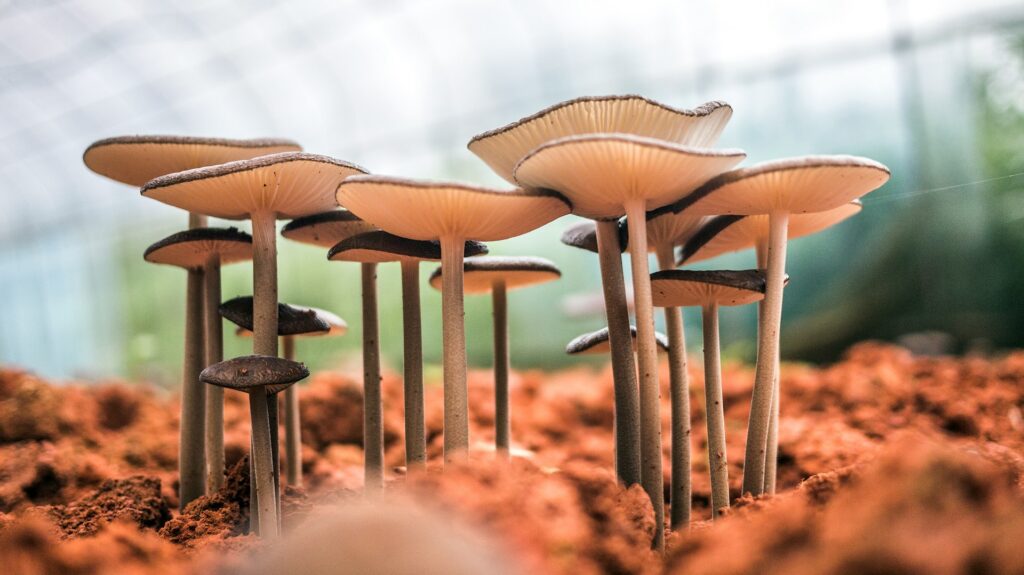
Certain fungi help protect plants by competing with or attacking harmful soil pathogens. Trichoderma, for example, is a genus of fungi used to suppress diseases like root rot and damping-off that can devastate crops.
Instead of reaching for chemical treatments, using the right types of fungi allows for a more balanced and sustainable defence. They keep bad microbes in check, boost plant immunity, and quietly work as an invisible layer of plant protection in the soil.
10. Mushrooms respond quickly to change.
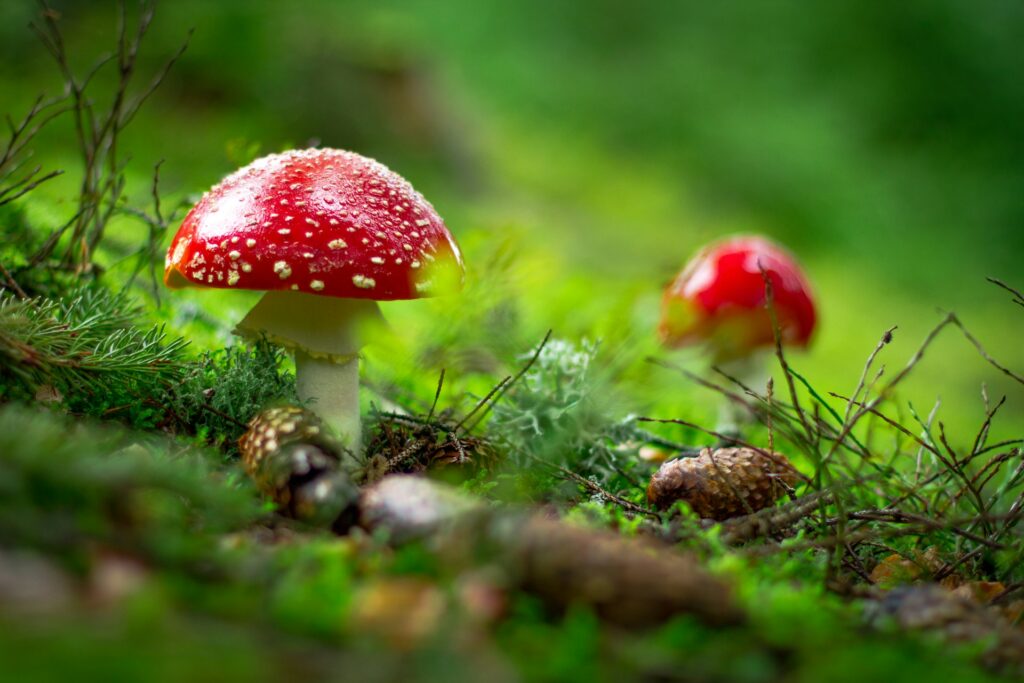
One of the reasons fungi are so vital to soil health is that they’re highly adaptable. When conditions change—like after a forest fire, drought, or clear-cutting—fungi often move in first to start rebuilding the ecosystem. They act as pioneers, setting up the groundwork (literally) for other plants and animals to return. Their ability to break down debris and redistribute nutrients helps the soil bounce back far quicker than it could on its own.
11. They support forest ecosystems.
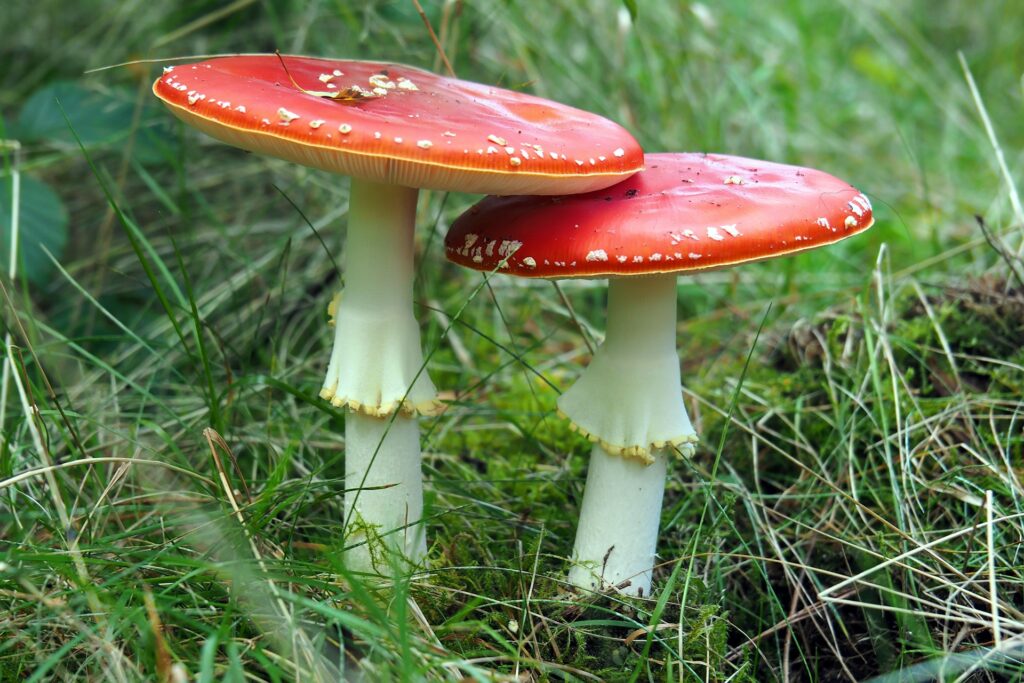
In forests, fungi are the unseen web connecting different trees and plants. Mycorrhizal networks—sometimes called the “wood wide web”—allow trees to share nutrients, warn each other of pests, and even support struggling saplings.
This underground communication system makes forests more resilient, and it all depends on healthy fungal networks. It’s not just about individual plants growing well—it’s about the whole ecosystem acting like one giant, interconnected organism.
12. Soil fungi are a sign of long-term soil health.
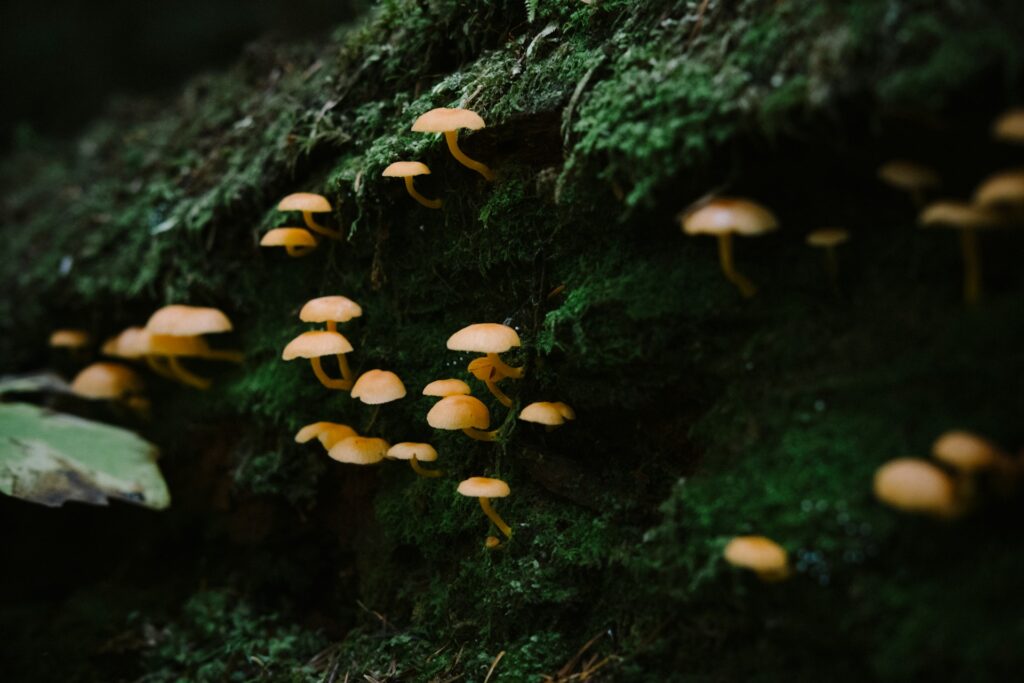
Healthy levels of fungal activity often indicate a thriving, well-balanced soil ecosystem. When scientists or farmers assess soil health, fungi are one of the key markers they look for—especially the ratio of fungi to bacteria.
If the fungi are thriving, the odds are good that the rest of the system is too. Low fungal activity, on the other hand, usually points to soil that’s been disturbed, over-farmed, or heavily treated with chemicals. It’s a warning sign that something’s out of balance.
13. They’re being lost without us noticing.
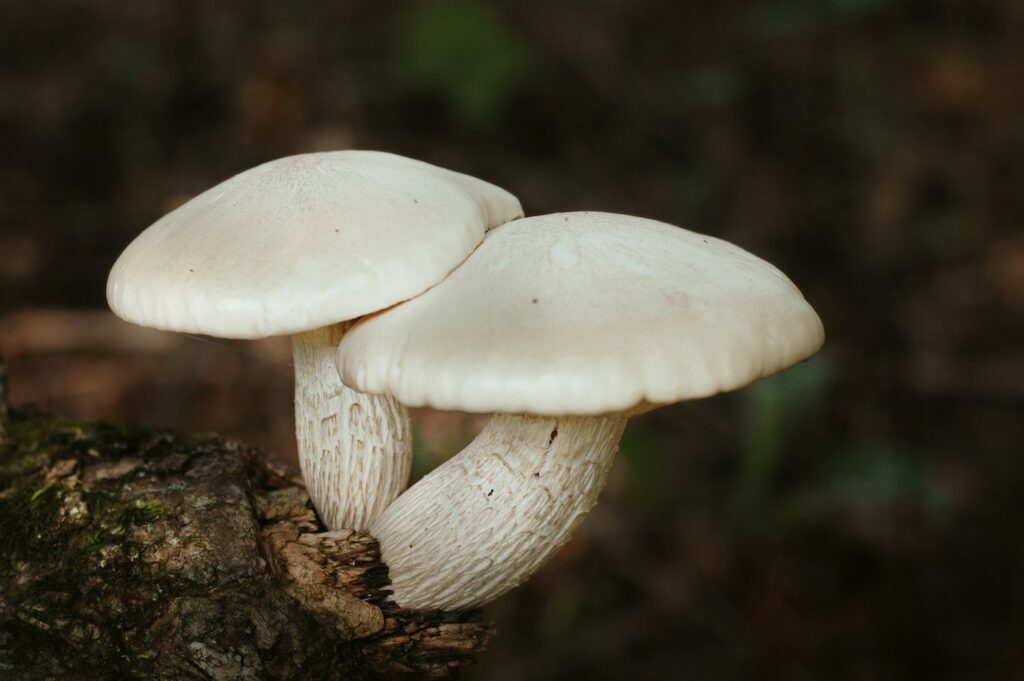
Despite how important fungi are, they’re rarely included in conservation efforts. Deforestation, pollution, and over-tilling destroy fungal networks at a massive scale, but you don’t hear about fungi going extinct the way you do animals or birds.
This invisibility is a problem. If we want healthy soil, healthy food, and a stable climate, we need to pay attention to what’s happening underground. Fungi aren’t just part of the ecosystem—they’re the glue holding a lot of it together. In fact, they deserve way more credit than they’re getting.